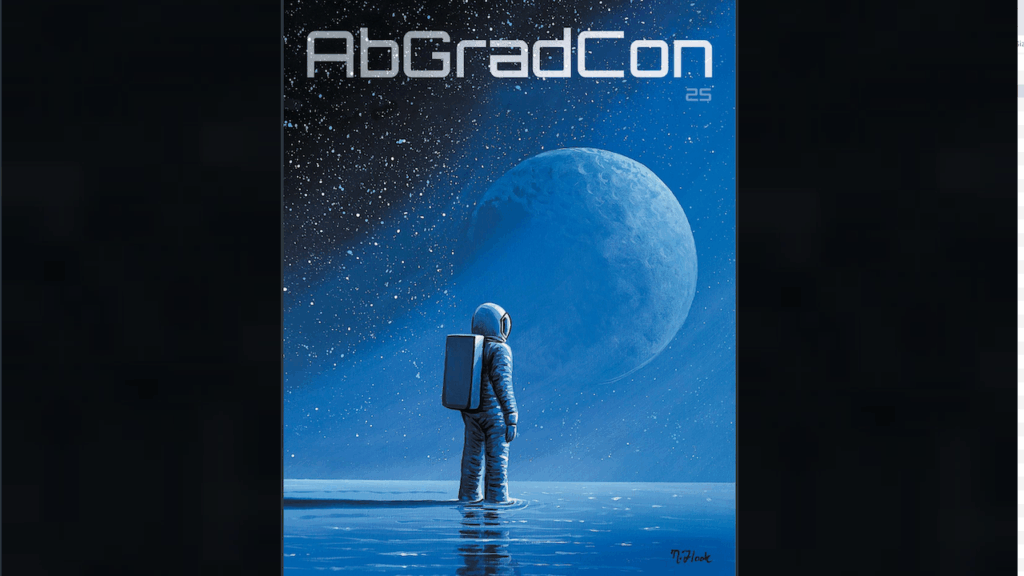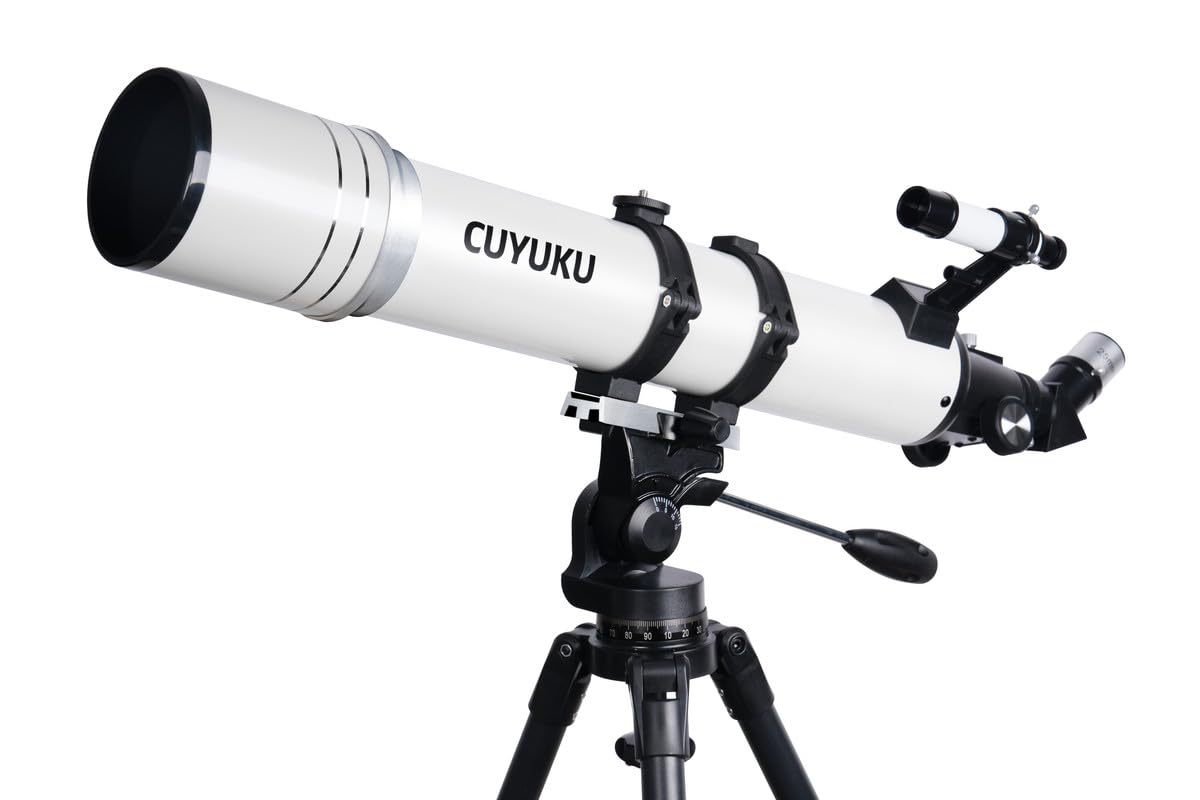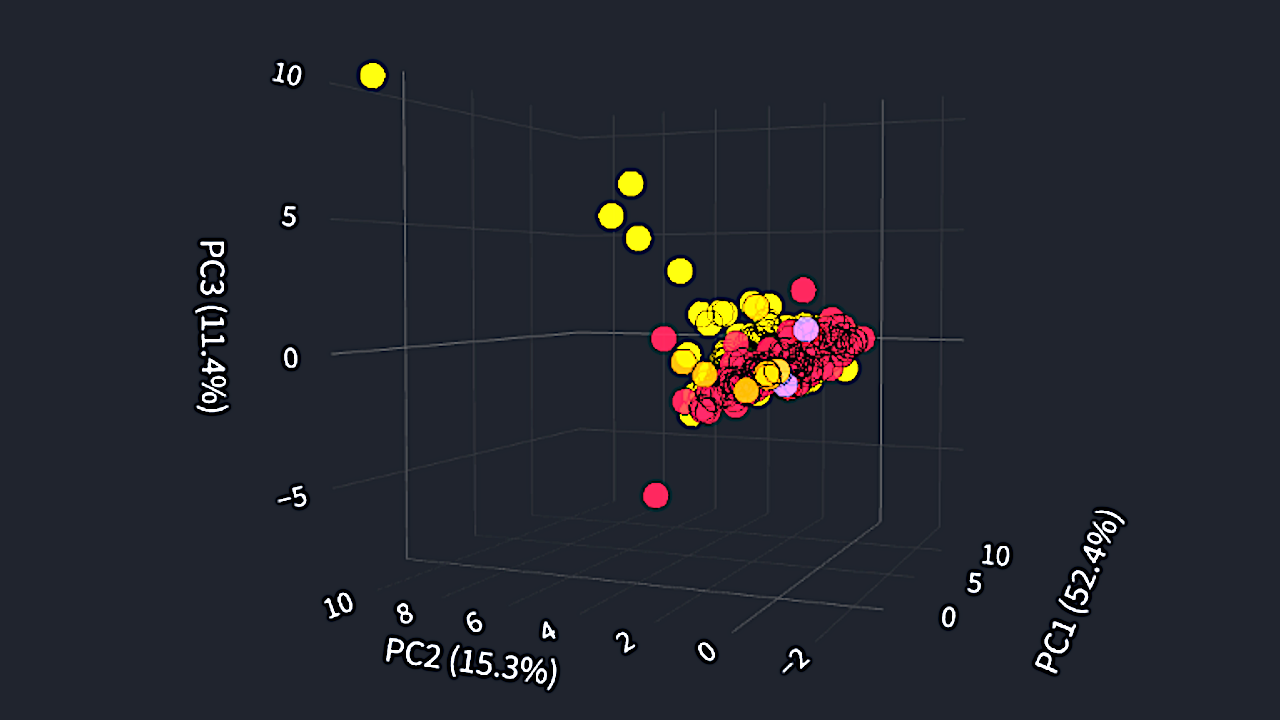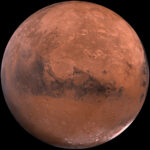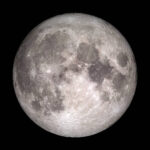Now Reading: Advanced Modeling for Exoplanet Detection and Characterization
-
01
Advanced Modeling for Exoplanet Detection and Characterization
Advanced Modeling for Exoplanet Detection and Characterization
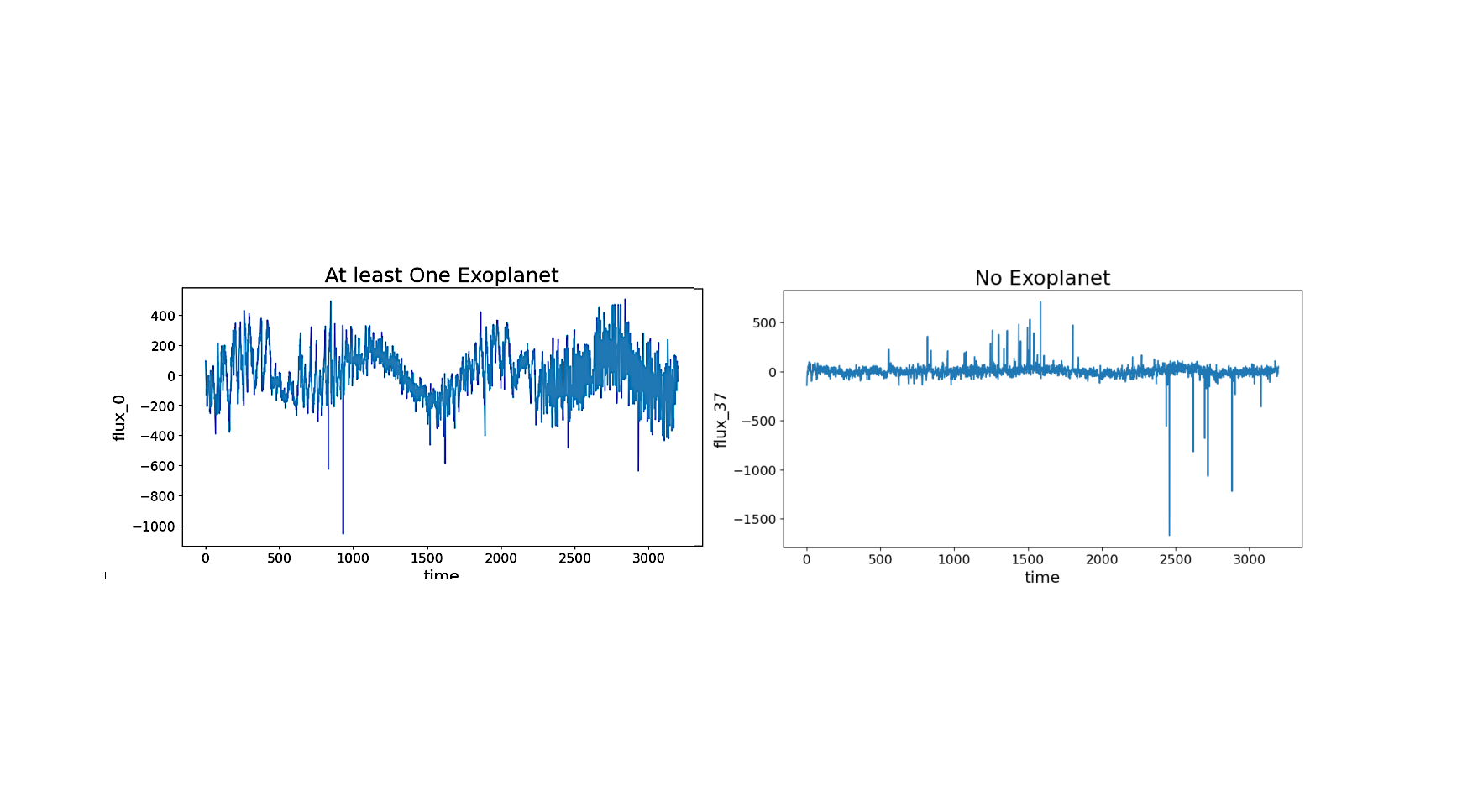

[L] Light curves graph with atleast one exoplanet [R] Light curves graph with no exoplanets
Research into light curves from stars (temporal variation of brightness) has completely changed how exoplanets are discovered or characterised.
This study including star light curves from the Kepler dataset as a way to discover exoplanets (planetary transits) and derive some estimate of their physical characteristics by the light curve and machine learning methods.
The dataset consists of measured flux (recordings) for many individual stars and we will examine the light curve of each star and look for periodic dips in brightness due to an astronomical body making a transit.
We will apply variables derived from an established method for deriving measurements from light curve data to derive key parameters related to the planet we observed during the transit, such as distance to the host star, orbital period, radius. The orbital period will typically be measured based on the time between transit of the subsequent timelines and the radius will be measured based on the depth of transit.
The density of the star and planet can also be estimated from the transit event, as well as very limited information on the albedo (reflectivity) and atmosphere of the planet based on transmission spectroscopy and/or the analysis of phase curve for levels of flux.
In addition to these methods, we will employ some machine learning classification of the stars (i.e. likely have an exoplanet or likely do not have an exoplanet) based on flux change. This could help fulfil both the process of looking for exoplanets more efficient as well as providing important parameters for the planet. This will provide a much quicker means of searching the vast astronomical datasets for the likelihood of exoplanets.
Krishna Chamarthy
Subjects: Earth and Planetary Astrophysics (astro-ph.EP); Instrumentation and Methods for Astrophysics (astro-ph.IM); Machine Learning (cs.LG)
Cite as: arXiv:2506.17665 [astro-ph.EP] (or arXiv:2506.17665v1 [astro-ph.EP] for this version)
https://doi.org/10.48550/arXiv.2506.17665
Focus to learn more
Submission history
From: Krishna Chamarthy
[v1] Sat, 21 Jun 2025 09:49:35 UTC (482 KB)
https://arxiv.org/abs/2506.17665
Astrobiology
Stay Informed With the Latest & Most Important News
Previous Post
Next Post
-
 012024 in Review: Highlights from NASA in Silicon Valley
012024 in Review: Highlights from NASA in Silicon Valley -
 02Panasonic Leica Summilux DG 15mm f/1.7 ASPH review
02Panasonic Leica Summilux DG 15mm f/1.7 ASPH review -
 03How New NASA, India Earth Satellite NISAR Will See Earth
03How New NASA, India Earth Satellite NISAR Will See Earth -
 04And Thus Begins A New Year For Life On Earth
04And Thus Begins A New Year For Life On Earth -
 05Astronomy Activation Ambassadors: A New Era
05Astronomy Activation Ambassadors: A New Era -
06SpaceX launch surge helps set new global launch record in 2024
-
 07Space Force plans new ‘Futures Command’ amid pressure to speed up modernization
07Space Force plans new ‘Futures Command’ amid pressure to speed up modernization















